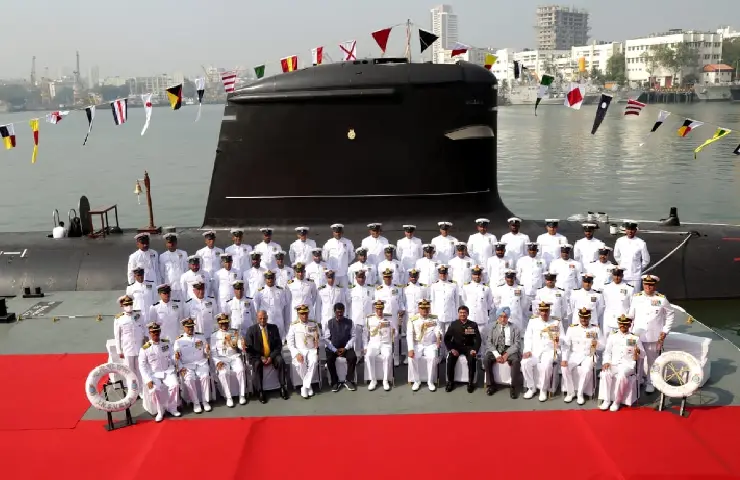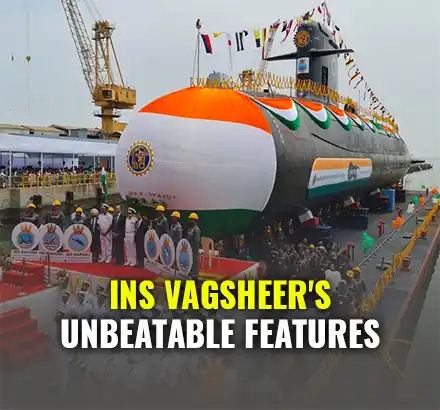India has commissioned its fourth Kalvari class submarine, INS Vela, to boost its naval heft with conventional and nuclear subs.
The Vela’s induction is part of a 30-year submarine construction plan, which will add teeth to the Indian navy’s goal to emerge as a formidable blue water force in the Indo-Pacific region. It will substantiate Prime Minister Narendra Modi’s Security and Growth for all in the Region (SAGAR) doctrine, in defence of an inclusive and cooperative Indo-Pacific region.
The Kalvari underwater platforms are based on Scorpene submarine design of France, which is the main partner in the construction.
#INSVela the fourth of the Scorpene class Submarine joins the #IndianNavy.
Commissioned today #25Nov 21, she is a highly potent & technically advanced #MakeInIndia version of her predecessor the Foxtrot class #Vela which served the nation for 37 glorious years (1/2). pic.twitter.com/4ecAhZl8cX— SpokespersonNavy (@indiannavy) November 25, 2021
After Kalvari, which was the first, two more submarines–INS Khanderi and INS Karanj, have also been commissioned. Vela is the fourth. Sea trials of the Vagir are going on, while the sixth and final sub of the Kalvari family is under construction. In total India now has 16 conventional submarines—an arm that is undergoing its latest phase of modernisation.
In view of the Chinese naval build-up, the Navy is seeking 18 conventional diesel attack submarines including those with air independent propulsion and six nuclear powered attack submarines or SSNs, the Hindustan Times had earlier reported. Though powered by a nuclear engine, SSN’s do not carry nuclear warheads. They are therefore not part of India’s second-strike capability, that is its ability to counterattack with massive nuclear forces, after absorbing a first strike by atomic weapons.
India’s Strategic forces command is in charge of India’s sole nuclear submarine, INS Arihant , which can fire nuclear tipped ballistic missiles. The Arihant is a SSBN as it is not only powered by an atomic engine, it also carries submarine launched ballistic missiles which are armed with nuclear warheads. India’s second SSBN, INS Arighat, a part of New Delhi’s nuclear deterrent, and second-strike capability, is expected to be commissioned soon.
The heavy revamp of the navy also includes extending the endurance of the Kalvari class submarines. They will be retrofitted with Air Independent Propulsion (AIP) system by expanding the hull area. This ensures that diesel attack submarines can remain under surface for a longer period and become more silent than a nuclear-powered submarine. On March 8, the Defence Research Development Organization (DRDO) successfully carried out the final test of the land-based prototype of the home-grown AIP system.
New submarine joins Indian Navy fleet to add more blue water clout amid China stand-off
















